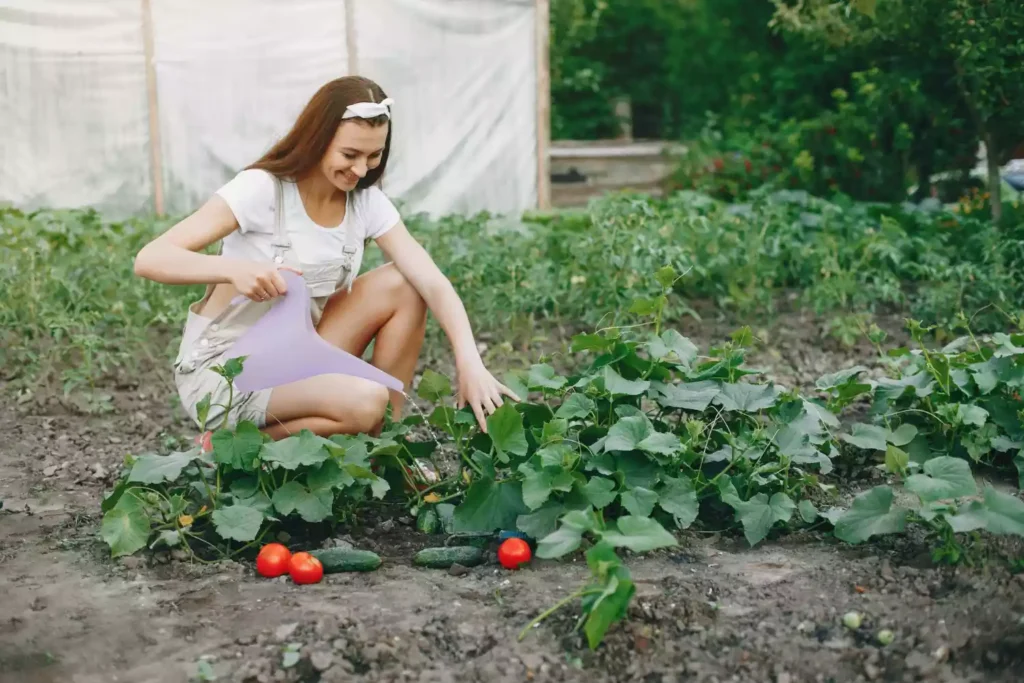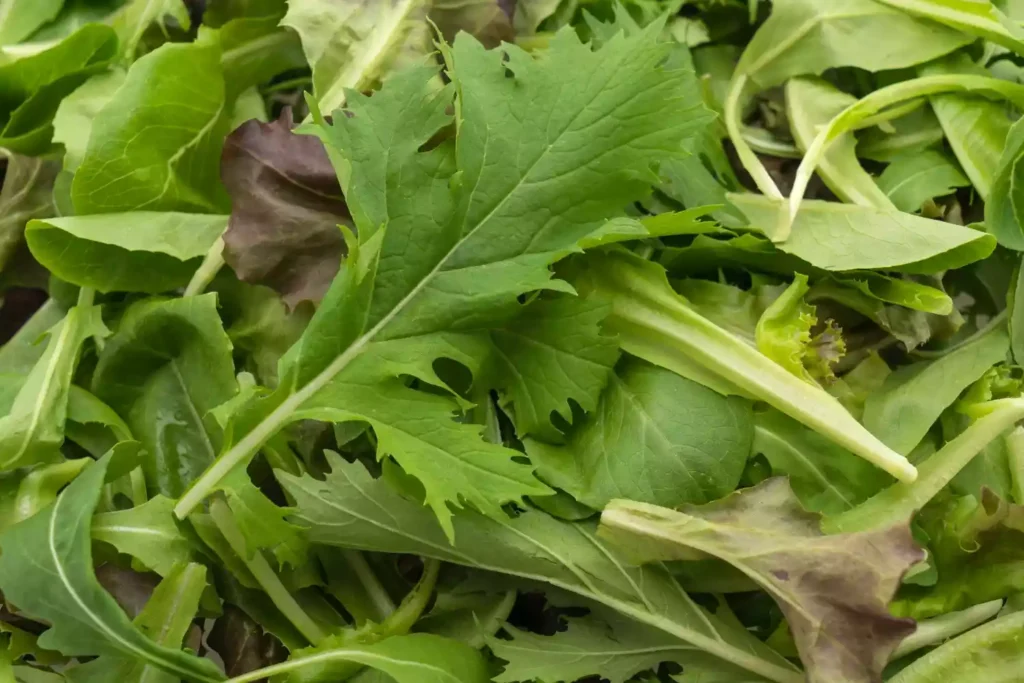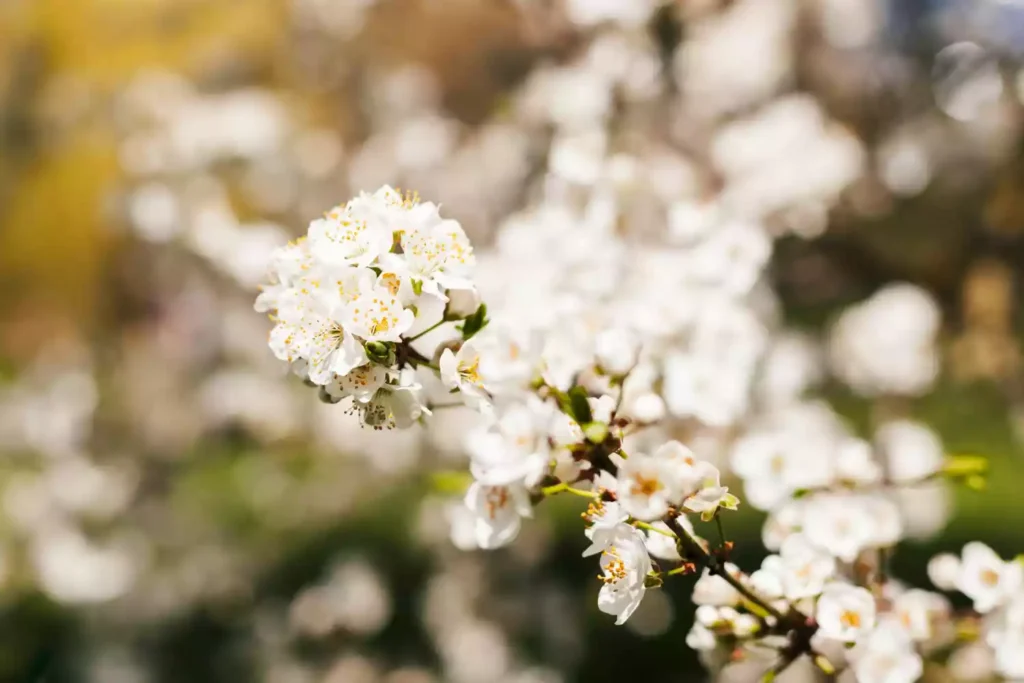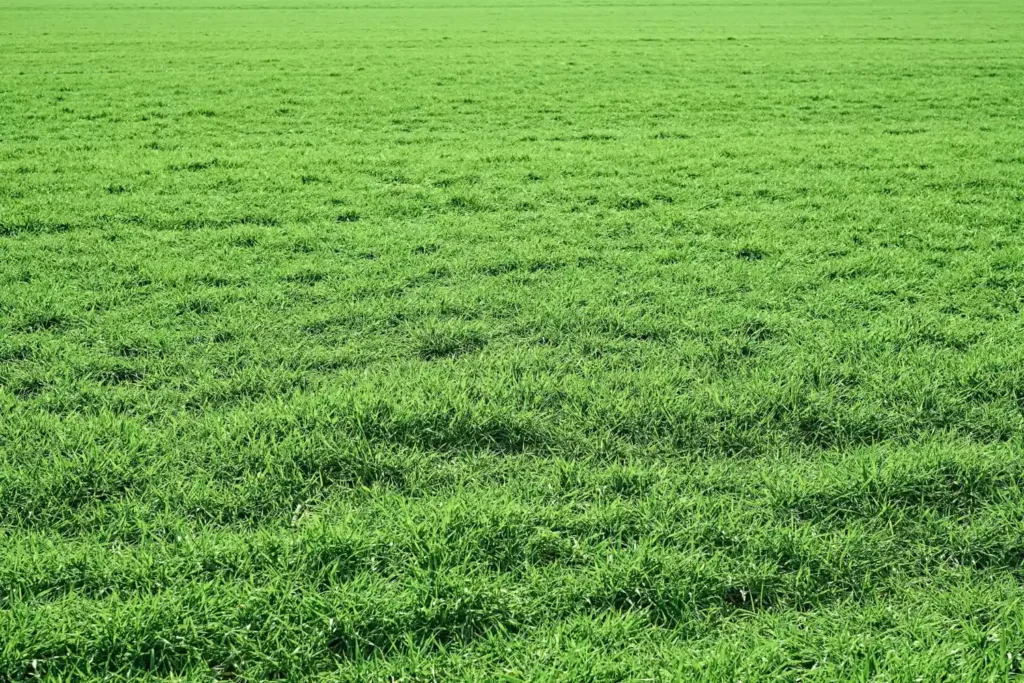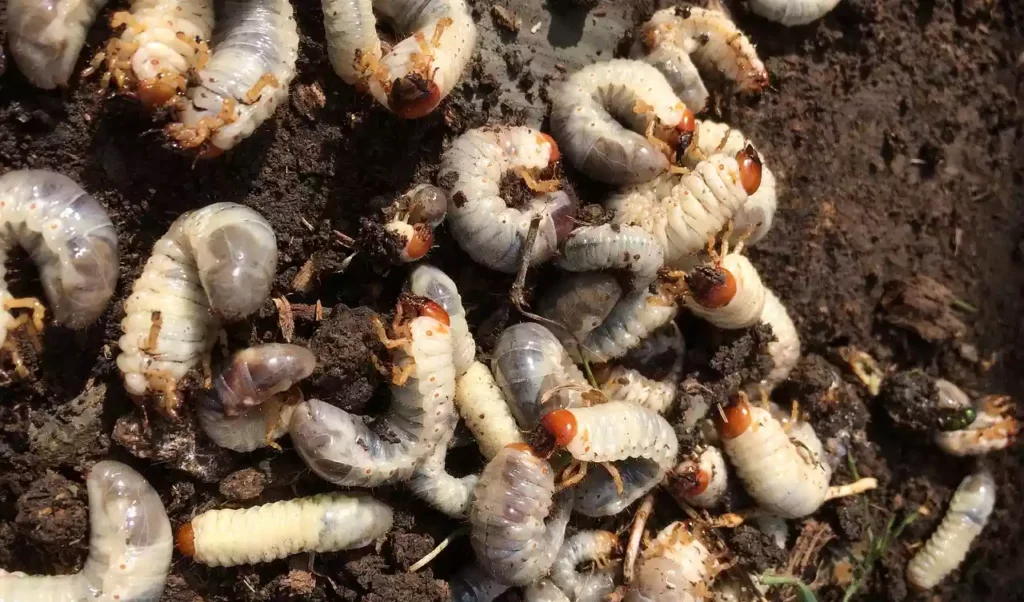Hey there! As someone who is passionate about reducing waste and taking care of the environment, I often find myself wondering what I can do with leftover food scraps. One question that frequently comes up is whether or not rice can be composted.
After doing some research, I’m excited to share with you what I’ve learned about this topic. First off, the answer is yes, rice can be composted! However, there are some important things to keep in mind when adding rice to your compost pile.
In this article, we’ll explore the benefits and challenges of composting rice, as well as provide tips on how to dispose of leftover rice in an environmentally friendly way. Whether you’re a seasoned gardener or new to composting, this article will help you make informed decisions about how to turn rice into a valuable resource for your garden.
So, let’s dive in and learn more about composting rice!
Key Takeaways
- Cooked rice can be composted to reduce household trash and attract fewer pests.
- Spiced rice can speed up the rotting process and produce foul-smelling bacteria.
- Advantages of rice compost include micronutrients and microorganisms beneficial to plant growth and soil health.
- Disadvantages of rice compost include unpleasant and smelly piles and lack of sufficient nitrite.
Can you compost rice?
Yes, you can compost rice, but it’s important to do it properly to avoid unpleasant smells, pests, and bacterial contamination.
Rice can be added to your compost bin or pile, but it should be mixed deep within the compost to help with the rotting process. Cooked rice can also be added to reduce household trash and attract fewer pests. However, spiced rice can speed up the rotting process and produce foul-smelling bacteria, so it’s important to avoid adding spices or seasonings to your compost.
There are several methods of composting rice, including hot composting, closed compost bin, vermicompost, and compost pile. Each method has its own advantages and disadvantages.
Rice compost is beneficial to plant growth and soil health because it contains micronutrients and microorganisms. However, it can also be unpleasant and smelly if not done correctly, and lacking sufficient nitrite. It’s important to remember that any kitchen leftover can attract pests, so it’s crucial to follow proper composting methods to ensure a healthy and safe compost pile.
Can You Compost Cooked Or Leftover Rice?
Cooked or leftover rice may be difficult to dispose of, but there’s a way to give it new life. Feeding rice to chickens is an excellent option for reducing household waste while providing your chickens with essential nutrients.
Rice is an excellent source of protein and carbohydrates, which makes it a valuable addition to their diet. However, keep in mind that chickens don’t digest rice well, so it should be mixed with other ingredients, such as vegetables or fruit.
Furthermore, corn is low in protein compared to rice, making rice a better option for chicken nutrition. With limited options for leftover rice, composting can be a daunting task for non-experts. But by feeding it to your chickens, you can turn it into a valuable resource for gardening while reducing waste and serving your feathered friends a nutritious meal.
How To Compost Rice?
So, I’ve been doing some research on how to compost rice, and it turns out there are several methods to choose from.
The most common methods include using a compost pile, vermicompost or worm bin, hot composting, and a compost tumbler.
Each method has its own benefits and drawbacks, so it’s important to choose the right one based on your needs and preferences.
In this discussion, I’ll go over the basics of each method and provide some tips on how to get started.
Compost pile
One effective method for composting rice is through the use of a compost pile, which can provide a valuable resource for gardening when properly managed. Here are four steps to take when composting rice in a pile:
- Start by layering a 6-inch deep mixture of carbon-rich materials such as dead leaves, straw, or wood chips, with nitrogen-rich materials such as cooked rice, fruits, and vegetables.
- Add water to the pile to maintain a damp but not wet environment, which is necessary for decomposing the materials.
- Turn the pile regularly, preferably every two weeks, to aerate the compost and distribute moisture and bacteria throughout the pile.
- The compost should be ready for use in two to six months, depending on the size of the pile and the materials used.
By using a compost pile, you can turn rice and other kitchen leftovers into a valuable resource for gardening. Properly managed composting can also reduce household waste and limit the use of chemical fertilizers, pesticides, and insecticides.
Vermicompost / worm bin
If you’re looking for a way to turn your kitchen scraps into nutrient-rich soil, a worm bin can be a great option. Vermicomposting, or composting with worms, is a process that breaks down organic matter into a nutrient-rich soil amendment called vermicompost.
Vermicomposting is a great alternative to traditional composting methods because it can be done indoors, requires less space, and produces compost faster.
To start a worm bin, you’ll need a container, bedding material, and red wigglers, a species of earthworm. The container can be a plastic bin or a wooden box, but it should have a lid to keep out light and pests.
Bedding material can be shredded newspaper or cardboard, peat moss, or coconut coir. Once you have your container and bedding, add the worms and your kitchen scraps. Red wigglers will eat most kitchen scraps, including rice, fruits and vegetables, eggshells, coffee grounds, and tea bags.
Within a few months, your worms will have turned your kitchen scraps into nutrient-rich vermicompost that you can use in your garden.
Hot composting
To achieve hot composting, it’s important to layer your organic materials and mix them frequently to ensure proper aeration and decomposition. This method involves rapidly breaking down organic materials to produce compost within 18 to 21 days. Hot composting is achieved by maintaining an optimal temperature range of 130-150°F, which requires a higher nitrogen content than carbon content.
Here are five tips to achieve successful hot composting:
- Begin with a layer of brown carbon-rich materials, such as dried leaves or straw.
- Add a layer of green nitrogen-rich materials, such as kitchen scraps or grass clippings.
- Continue layering brown and green materials until you have a pile between 3 and 5 feet in height.
- Water the pile to ensure it is moist but not soaking wet.
- Turn the pile frequently to ensure proper aeration and heat distribution.
Hot composting is a great way to compost rice, as the high heat can break down the rice quickly and effectively. However, it’s important to note that hot composting can be more challenging than other composting methods and should only be attempted by experienced composters. With the right knowledge and approach, hot composting can produce nutrient-rich compost that’s beneficial for your garden and the environment.
Compost tumbler
Using a compost tumbler is a convenient way to produce nutrient-rich compost without the need for frequent manual turning, although it may require a larger initial investment.
Compost tumblers are designed to speed up the composting process by providing aeration and moisture control, resulting in a quicker decomposition of materials. They also help keep unwanted pests out of the compost pile, which can be particularly useful when composting rice, as it can attract pests such as rodents and insects.
Compost tumblers come in various sizes and designs, and can be either electric or manual. Electric tumblers are more expensive but require less effort, while manual tumblers require more physical labor but are less expensive.
Regardless of the type of tumbler chosen, it’s important to follow proper composting techniques, such as adding a balance of carbon and nitrogen-rich materials, maintaining proper moisture levels, and turning the tumbler regularly.
With the right care, a compost tumbler can produce high-quality compost that can be used to nourish plants and improve soil health.
How Long Does Rice Take To Compost?
You may be wondering how long it takes for rice to fully decompose in a compost pile. The answer is that it depends on several factors, including the type of composting method being used, the size of the rice grains, and the amount of moisture in the pile.
Generally, it takes around 2-6 months for rice to fully decompose in a compost pile, but this timeline can vary greatly depending on these variables.
If you’re hot composting, which involves turning the pile regularly to speed up the decomposition process, rice will decompose more quickly than in a cold composting method. Additionally, smaller grains of rice will break down faster than larger grains, and a pile that is too dry or too wet will slow down the process.
Overall, composting rice is a great way to reduce household waste and create a valuable resource for gardening, but it does require some patience and attention to detail.
Precautions When Composting Rice
Imagine a swarm of pesky rodents ruining your compost pile, but with a little extra effort, precautions can be taken to prevent this from happening when composting rice. Rice is a good source of carbohydrates, which makes it an attractive food source for pests like rodents and rats. To avoid attracting these pests, it’s important to take some precautions when composting rice.
Here are four precautions to keep in mind:
- Mix the rice deep within the compost: To prevent pests from accessing the rice, it’s essential to mix it deep within the compost. This will ensure that it’s not easily accessible to rodents and other pests.
- Avoid using spiced rice: Spiced rice can result in the growth of toxic bacteria, which can produce a foul smell. To avoid this, it’s better to avoid using spiced rice for composting.
- Make sure the conditions are right: Wet or cooked rice can quickly rot if conditions like temperature and moisture are not sufficient. To avoid this, make sure that the compost has the right level of moisture and temperature.
- Be patient: Uncooked rice lacks moisture, which means it takes longer to decompose. Patience is key when composting rice, and it’s important to wait until it has fully decomposed before using it in your garden.
By taking these precautions, you can prevent pests from ruining your compost pile and turn rice into a valuable resource for gardening.
Conclusion
So, can you compost rice? The answer is a resounding yes, but that doesn’t mean it’s without its challenges. Composting rice requires a bit of extra care and attention, but it’s well worth the effort.
Not only does it help reduce waste and enrich the soil with valuable nutrients, it also promotes a more sustainable way of living. As I’ve explored in this article, there are many benefits to composting rice, but it’s important to do so safely and responsibly.
By following the tips and precautions outlined above, you can ensure that your rice composting efforts are successful and sustainable. So why not give it a try? Your garden (and the planet) will thank you.
Remember, every small step we take towards a more eco-friendly lifestyle is a step in the right direction. Let’s all do our part to make the world a better place.

